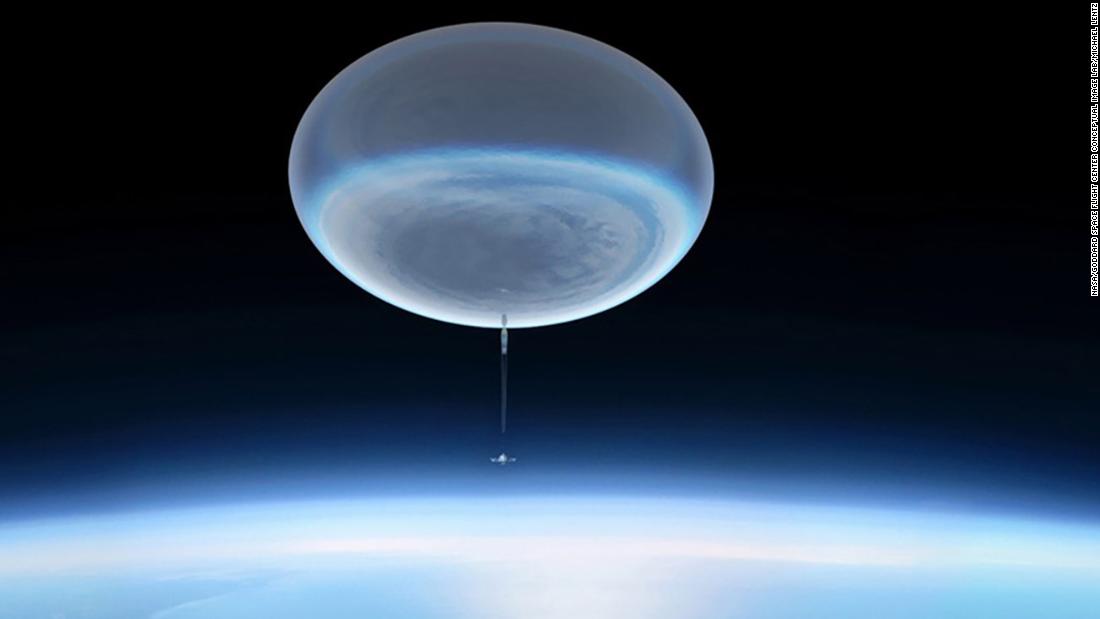
Engineers at NASA’s Jet Propulsion Laboratory will begin testing next month. While waiting for its launch, this is what you need to know about NASA’s buoyant observatory.
NASA is betting on a balloon that, when inflated, will be 400 feet wide. Hanging below it, a gondola will cradle instruments like a special far-infrared telescope and a cooling system that keep the far-infrared instruments at “absolute zero,” or the coldest temperature that matter can reach.
The telescope is called ASTHROS, an acronym for Astrophysics Stratospheric Telescope for high spectral resolution observations at submillimeter wavelengths. Far infrared wavelengths cannot be seen with the human eye, but they can illuminate the density and velocity of gas in parts of space where stars form.
“We will launch ASTHROS at the edge of space from the most remote and hard part of our planet,” said José Siles, engineer at the Jet Propulsion Laboratory and manager of the ASTHROS project. “If you stop to think about it, it’s really challenging, which makes it so exciting at the same time.”
Your mission
Tools hanging below the globe will study star formation and a process called “stellar feedback.”
When supernovae explode, they eject material into space. These “violent explosions” can send material flying and stop star formation or cause the material to build up and speed up the star formation process. Without stellar feedback, according to the Jet Propulsion Laboratory, all of the dust and interstellar gas in the Milky Way would have accumulated into stars.
“I think stellar feedback is understood to be the main regulator of star formation throughout the history of the universe,” said Jorge Pineda, ASTHROS principal investigator. “Computer simulations of the evolution of galaxies still cannot replicate the reality we see in the cosmos. The nitrogen mapping we will be doing with ASTHROS has never been done before, and it will be exciting to see how that information helps make those models more accurate. “
So, to learn more about the process, ASTHROS will hit two targets in the Milky Way galaxy, both “star-forming regions,” where the instrument will create what the lab says is the first 3D printed map of the gas in those regions. Those maps will inform computer simulations of the galaxy’s evolution, the lab said.
Its other two targets are Messier 83, a galaxy about 15 million light-years from Earth and one of the brightest galaxies, and TW Hydrae, a star with a protoplanetary disk, or a disk of dust and gas where they may be. forming planets.
When ASTHROS has completed two or three laps around the South Pole in three to four weeks, its operators on the ground will separate the gondola from the balloon. The gondola and instruments will parachute back to Earth, where they can be reused for future missions.
.